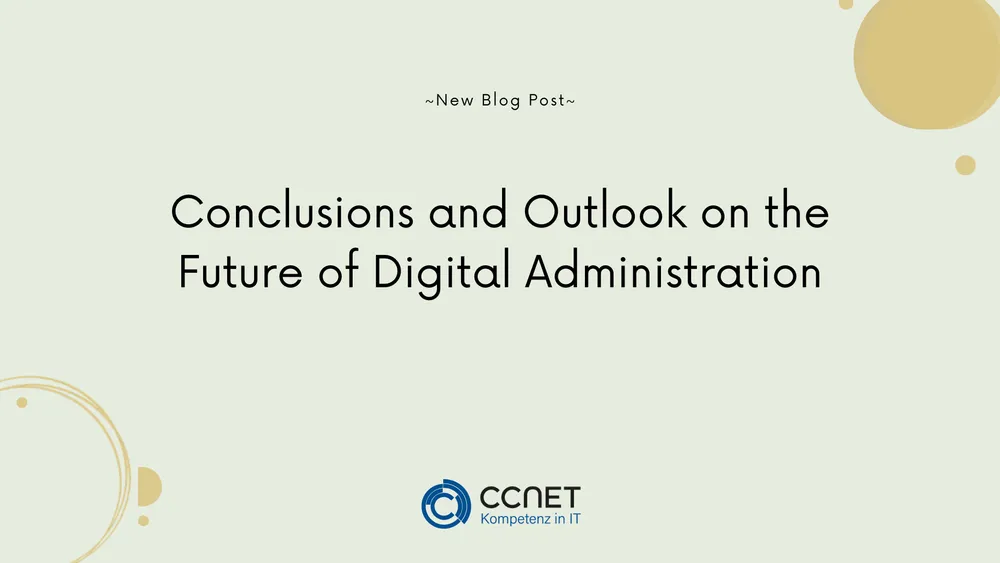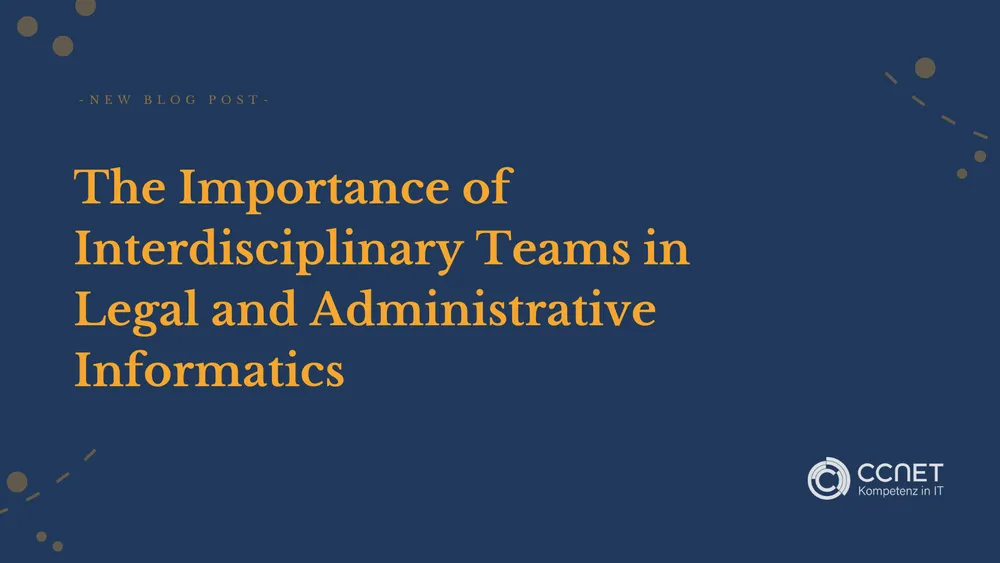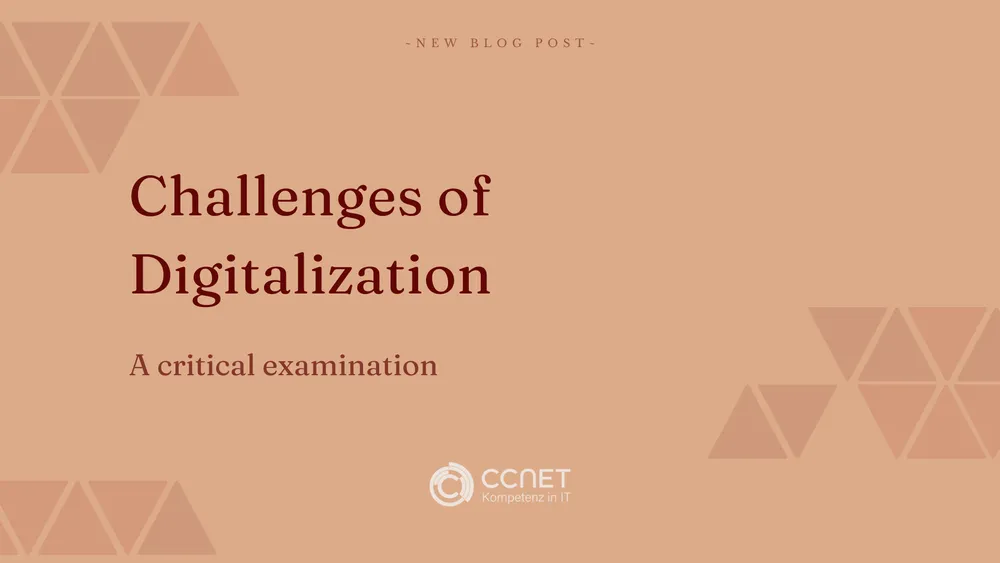
CCNet
Jun 26, 2024 • 3 min read

From Punch Cards to AI: The Evolution of Technology in Administration
The technological development in administration has a long and fascinating history, stretching from the earliest days of mechanical aids to the latest applications of artificial intelligence. This blog post delves into the impressive evolution of technologies in administration, from the first punch cards to the extensive integration of artificial intelligence (AI) in today's administrative processes.
Further information can be found here: AI-Solutions
The Beginnings with Punch Cards
The history of technological development in administration begins in the 19th century with the invention of the punch card by Herman Hollerith. These cards, originally developed for the 1890 US Census, enabled rapid and efficient processing of large amounts of data. Punch card machines were subsequently used not only in statistics but also in business to automate accounting and inventory tasks.
The Electronic Data Processing
With the development of the first computers in the 1940s and 1950s, a new era of electronic data processing began. These machines, initially room-sized and extremely expensive, revolutionized data processing in administration. Institutions like banks, insurance companies, and government agencies began using computers for tasks like customer management, financial accounting, and human resources administration.
Rise and Spread of Personal Computers
In the 1980s, technology was further democratized by the introduction of the personal computer (PC). PCs made electronic data processing more accessible and affordable, allowing broad implementation across all levels of administration. With software solutions like word processing programs, spreadsheets, and later database management systems, administrative processes could be further optimized and automated.
The Internet Age and Its Impact
The worldwide spread of the internet in the 1990s marked another turning point. The internet not only facilitated new forms of communication and data transfer but also the development of online services and e-government. These digital platforms enable citizens to perform administrative services like registrations, applications, and transactions online, leading to significant increases in efficiency and customer satisfaction.
Integration of Artificial Intelligence
The latest and perhaps most revolutionary step in the technological evolution of administration is the integration of AI systems. AI allows unprecedented automation of complex and decision-intensive processes. From the automated processing of tax returns to the prediction of traffic patterns and the optimization of urban services, AI has the potential to dramatically increase administrative efficiency while reducing employee workload.
Challenges and Opportunities
Despite the impressive advancements, the introduction of new technologies also brings challenges, particularly in terms of data protection, security, and the social acceptance of these changes. Continuous training and adaptation of the workforce to keep pace with new technologies remain essential tasks for administrative authorities.
Conclusion
The journey from punch cards to artificial intelligence illustrates how far technology has come in administration. Each new development has improved the efficiency and possibilities of administrative services while creating new challenges and opportunities. It will be exciting to see how future technological innovations continue to shape the way we understand and perform administrative tasks.
Don't miss our next post, where we dive deeper into the application areas and the impact of AI in modern administration!
How did the invention of the punch card influence administrative technology?
The punch card, developed by Herman Hollerith in the 19th century, enabled the rapid processing of large amounts of data and was used not only in statistics but also in business to automate tasks such as accounting and inventory.
What was the impact of the first computers on administration?
The development of the first computers in the 1940s and 1950s revolutionised data processing in administration. They were used by institutions such as banks and government agencies for tasks such as customer management, financial accounting and human resources management.
How did personal computers change administrative technology?
The introduction of the personal computer (PC) in the 1980s made electronic data processing more accessible and affordable. PCs enabled widespread implementation in administration and optimised processes through software solutions such as word processing and spreadsheets.
What impact has the Internet age had on administration?
The internet enabled new forms of communication and the development of e-government services, allowing citizens to carry out administrative tasks such as registrations and applications online. This significantly increased efficiency and customer satisfaction.
How is artificial intelligence (AI) used in administration?
AI is used to automate complex processes such as processing tax returns and predicting traffic patterns. It increases efficiency and reduces the workload of employees by optimising and automating decision-making processes.
What are the challenges and opportunities associated with introducing new technologies in public administration?
Challenges include data protection, security and society's acceptance of the technology. Continuous training of the workforce is necessary to keep pace with new technologies and further increase administrative efficiency.


